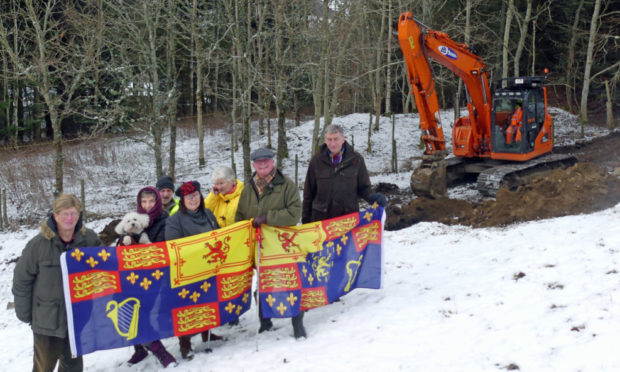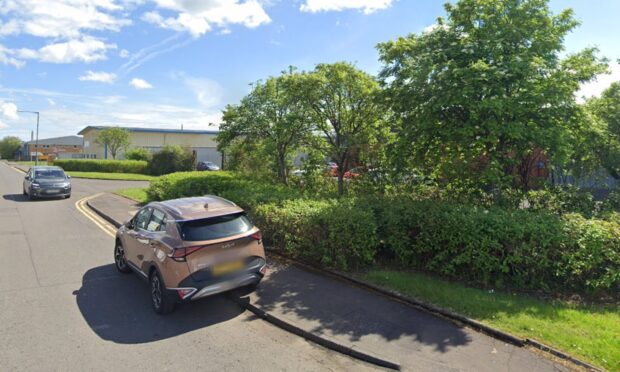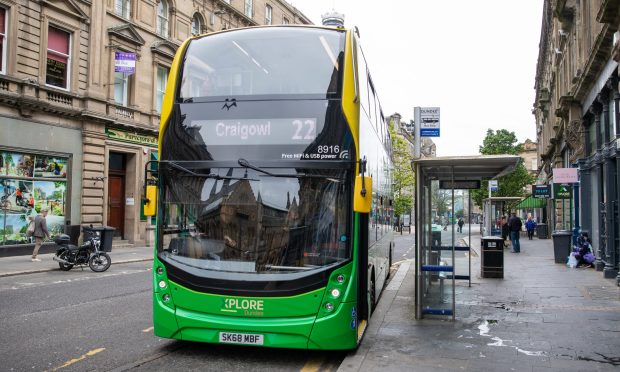Transport Scotland has been criticised for carrying out work at the scene of an historic Jacobite battleground despite warnings the remains of dead soldiers could be buried nearby.
The site investigation operation at Killiecrankie is part of the Scottish Government’s £3 billion plan to dual the A9 between Perth and Inverness.
But campaigners claimed the favoured route will lead to the “destruction” of the ancient battlefield where Jacobites and government troops clashed in 1689.
Historic Environment Scotland (HES) recently stepped into the row, claiming Transport Scotland had not provided “sufficient evidence” to ensure that the battlefield had been “taken fully into account” in the design for the A9 work.
It is not known where the 2,000 men who died during the battle were buried, but HES notes “there is a possibility for the pits identified by geographical surveys in 2016 to be highly significant features such as burial pits.”
The Soliders of Killiecrankie, a historical re-enactment group, said it was “disturbing” that work is ongoing at the site, despite the heritage watchdog’s warning.
Chairman James Rattray said: “Soldiers of Killiecrankie are not opposed to the A9 going through the battlefield, but we want to see a proper assessment undertaken to ensure the least damage is done so that this nationally important site is preserved for future generations.”
He said he was disappointed to see “a huge digger trundling across Killiecrankie battlefield digging trenches several yards long and several feet deep”.
Mr Rattray said: “We do not understand why this work is going on. It is greatly disturbing to see continued damage being inflicted on Killiecrankie Battlefield without proper archaeological assessments having been made, as identified by HES.”
A petition against the preferred route has been signed by more than 2,000 people from across the globe.
Local SNP councillor Mike Williamson said: “The fact is that the public and statutory bodies have objected and they are still going ahead doing exploratory test pits without taking that on board.
“I am worried about sensitive archaeology, which could include human remains, being destroyed.”
A Transport Scotland spokesman said: “As the existing A9 already runs through the site of the battlefield, any of the dual carriageway widening options, for example widening the existing road on its northbound side or widening the existing road on its southbound side, will have some impact on the battlefield.
“We have therefore carefully developed our plans to dual the route between Killiecrankie to Glen Garry taking into account available research and specialist advice.”
He added: “We will now consider all comments received during the consultation period as we further develop our plans for this section of the A9.
“The route through the battlefield has been developed using the available interpretation of the battle. As for all the projects in this ambitious dualling programme, we have allowed for the need for a Public Local Inquiry, so should one be needed it will have no impact on the overall dualling programme’s completion date of 2025.”










